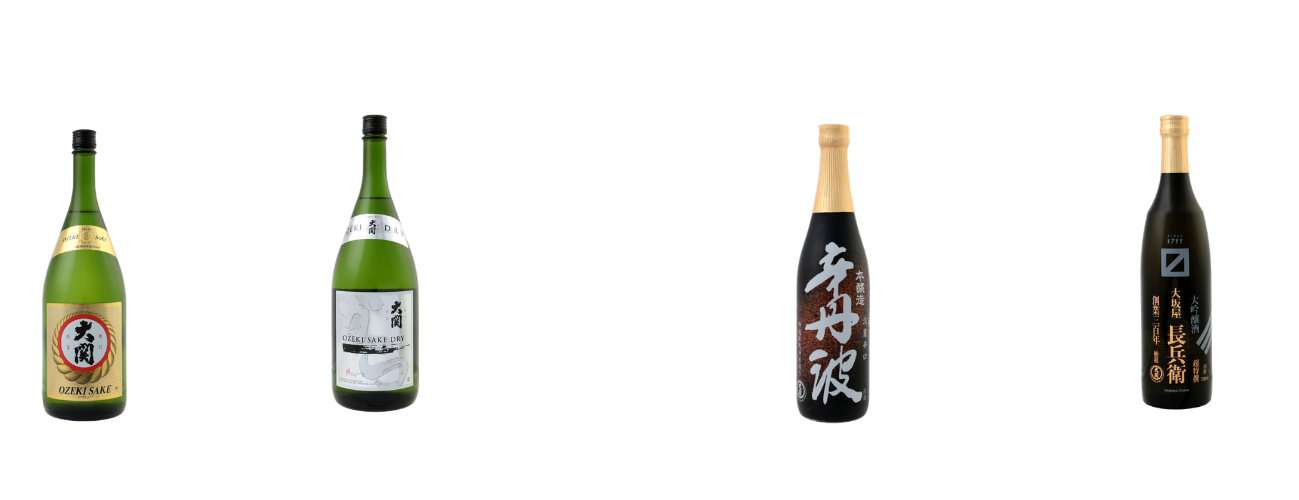Enjoy Sake
You can drink sake any way you’d like, but there are some tips that help you better appreciate the true flavors of sake.
Serving Temperature
Ozeki recommends that you throw away the widely-held misconception that sake should be served hot. In the past, a lot of sakes were served hot to mask the poor quality in the U.S. While some sakes would taste better when served warm or hot, you can definitely serve sake cool, chilled, cold, even at room temperature.
Note the flavor of the sake changes a lot depending on the serving temperature. You can try it at different temperatures to find your favorite serving setting.

|
Best Serving Temperature |
Cold( 41°F ) |
Chilled( 50°F ) |
Room temp (70°F) |
Warm( 104°F) |
Hot( 130°F+ ) |
|---|---|---|---|---|---|
| Junmai |  |
 |
 |
 |
 |
| Honjozo |  |
 |
 |
 |
 |
| Daiginjo |  |
 |
 |
 |
 |
| Junmai Daiginjo |  |
 |
 |
 |
 |
| Nigori |  |
 |
 |
 |
 |
| Sparkling |  |
 |
 |
 |
 |
Serving Vessels
Traditionally the Japanese have used the sake drinking set made of ceramics. The set is made of a tokkuri (pitcher) and o-choko (small cup). On special occasions, a masu, a square cup made of wood is used to serve sake, too. The tokkuri and o-choko are perfect for drinking hot or warm sake, but the set is not suitable to enjoy chilled sake.
Unless you care for the traditional feeling, a white wine glass will do a perfect job. These days some wine glass makers sell glasses specifically made for tasting sake. You can also find a tokkuri and o-choko made of thin glass for cold sake. The glass tokkuri sometimes has a built-in pocket to put ice cubes in-it keeps the sake inside chilled.
Food and Sake Pairing
Sake can be paired with many different types of food. It’s common that people drink sake only with the Japanese foods at Japanese restaurants, and in many cases only Japanese eateries are still the only places to serve sake. However, sake doesn’t need to be paired only with Sushi, Tempura, or Teriyaki, the common Japanese foods that are accepted into the American food scene. In fact, you can pair sake with your favorite meal at your home!
In general, you can think of Ginjo and Daiginjo like white wine, and Junmai and Honjozo like red wine.
-
Ginjo and Daiginjo
This type of high quality sake pair very well with light, refreshing or smooth foods. See Ozeki Daiginjo sake products and Junmai Daiginjo sake products.
-
Junmai and Honjozo
Junmai sake and Honjozo sake pair well with rich, creamy or robust foods. See Ozeki Junmai sake products and Honjozo sake products.
-
Nigori (Cloudy)
This type of sake pairs well with rich and creamy foods. It’s also served as a dessert wine. See Ozeki Nigori sake products.
Subscribe to the latest newsletter
Sign up today! You'll receive exclusive offers and sake tips!